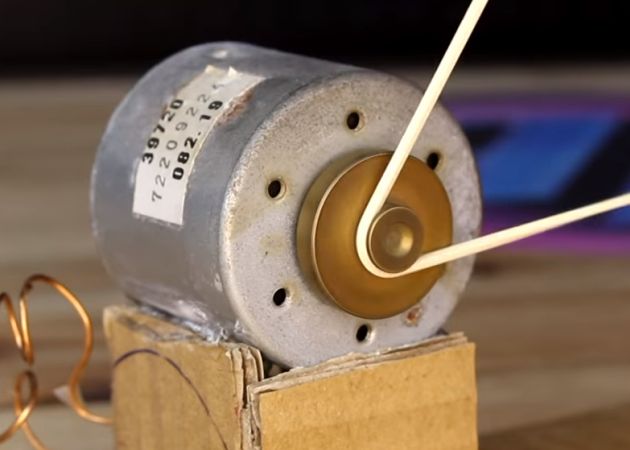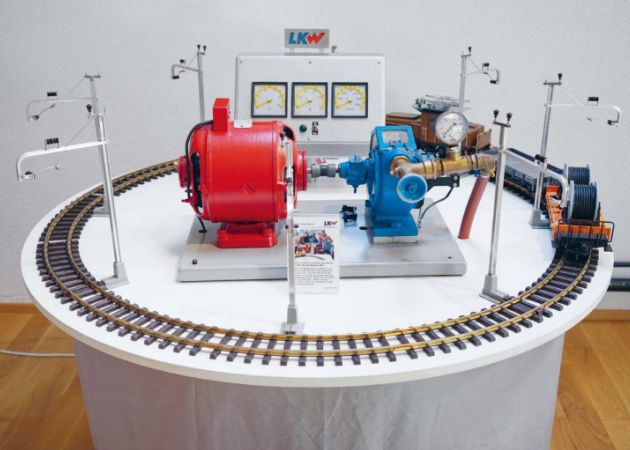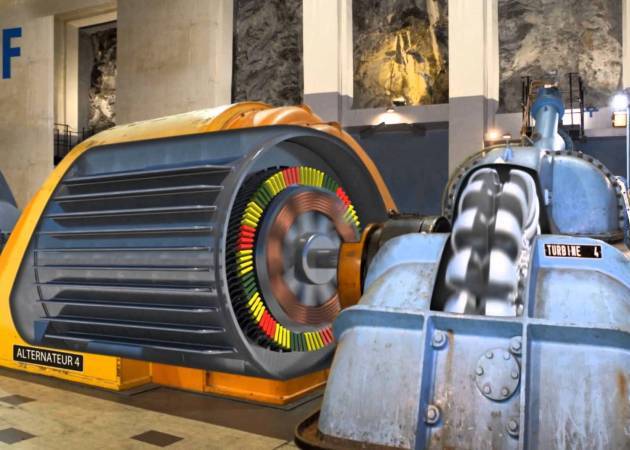Categories: Featured Articles » Novice electricians
Number of views: 4973
Comments on the article: 1
How does an electric generator work?
The function of any electric generator is to generate an electric current. But in fact, the generator does not produce anything, but only converts one form of energy into another (as is characteristic of all energy processes in nature). Most often, pronouncing the phrase “electric generator”, they mean a machine that converts mechanical energy into electrical energy.
Mechanical energy can be obtained from gas or steam expanding under pressure, from falling water, or even manually. In any case, in order to receive electric energy from a generator, it must first transfer this energy in an acceptable form, most often in mechanical form.

Generators operating by mechanical drive are the dominant form of generators in the modern world. Such generators operate in nuclear and hydroelectric power stations, in automobiles, in diesel and gasoline generators, in windmills, in hand dynamos, etc. Steam, gasoline, and wind serve as sources of mechanical energy that rotates the generator rotor.
An example of a simple electric generator:
A magnetizing coil or permanent magnets are fixed to the generator rotor. In recent years, generators have become widespread. with neodymium magnets on the rotor, since modern neodymium magnets are not inferior in their characteristics to a powerful magnetization winding.

The principle of generating electric energy in a generator is based on the phenomenon of electromagnetic induction, which consists in the fact that a magnetic flux changing in space induces an electric field around this space.
And if a conductor is placed in the region where this induced electric field is present, then an EMF (electromotive force) will be induced in it (it will be induced), and the corresponding voltage can be observed (measured, used to power the load) between the ends of the conductor.
The changing magnetic flux is obtained in the generator by means of magnets moving along with the rotor or pole lugs magnetized by special windings - magnetizing windings. Magnetizing coils usually receive power through brushes and slip rings.
Application of a generator for electrification of a railway model:

The wires in which the emf (electric voltage) in the generator is induced are a stator winding, usually located in a magnetic circuit fixed to a fixed part of an electric machine. This winding for generators of different types can be performed in various ways.
In three-phase alternators, stator windings made according to a three-phase scheme are adopted - three parts of such a three-phase winding can be connected by a "star" or "triangle".
Connection by a star allows to obtain a voltage of a larger magnitude from the generator than when connected by a triangle. The difference in stresses will be the root of 3 times (about 1.73). The higher the voltage, the lower the maximum current that can be obtained from this generator at the load.
The operation of an electric generator in a power plant:

The rated power of the generator depends on several factors that determine its rated current and voltage. The voltage at the output terminals of the generator depends on the length of the stator winding (wire), on the speed of rotation of the rotor and on the induction of the magnetic field at its poles. The more these parameters are, the greater the voltage is obtained from the generator at idle and under load.
Portable generator (mini-power station) for autonomous power supply:

The maximum current that can be obtained from the generator is theoretically limited by its short circuit current.Almost at nominal speed, it depends on the thickness of the stator winding wire and on the total magnetic flux of the rotor.
If the magnetic flux is not enough, in some cases resort to an increase in speed. But then the generator must be equipped with an automatic voltage regulator, as is implemented in automobile generators, which are capable of producing a current acceptable for charging the battery in a wide speed range.
See also on this topic:
Dynamo machines - the first DC generators
Types of electric generators and the principles of their work
See also at i.electricianexp.com
:
